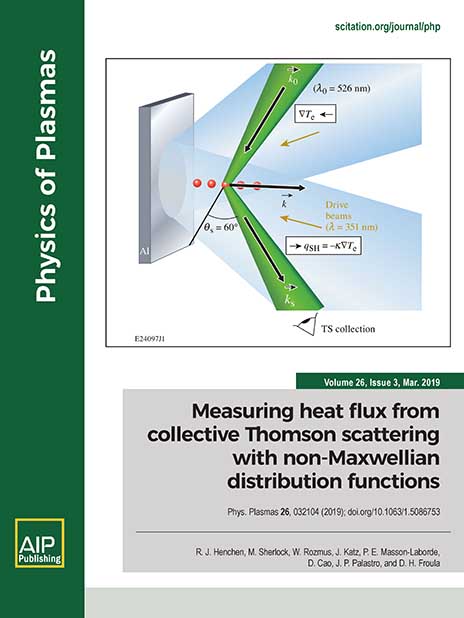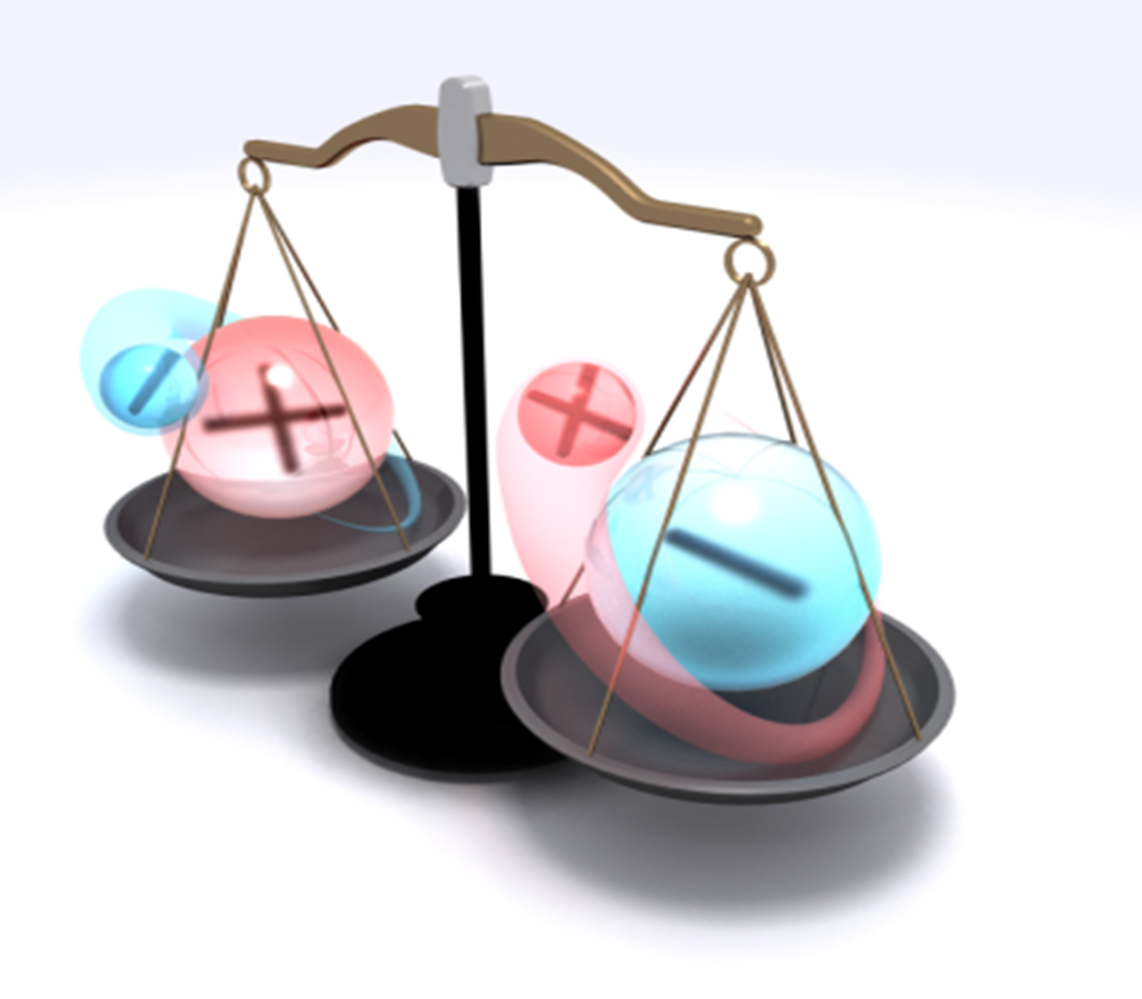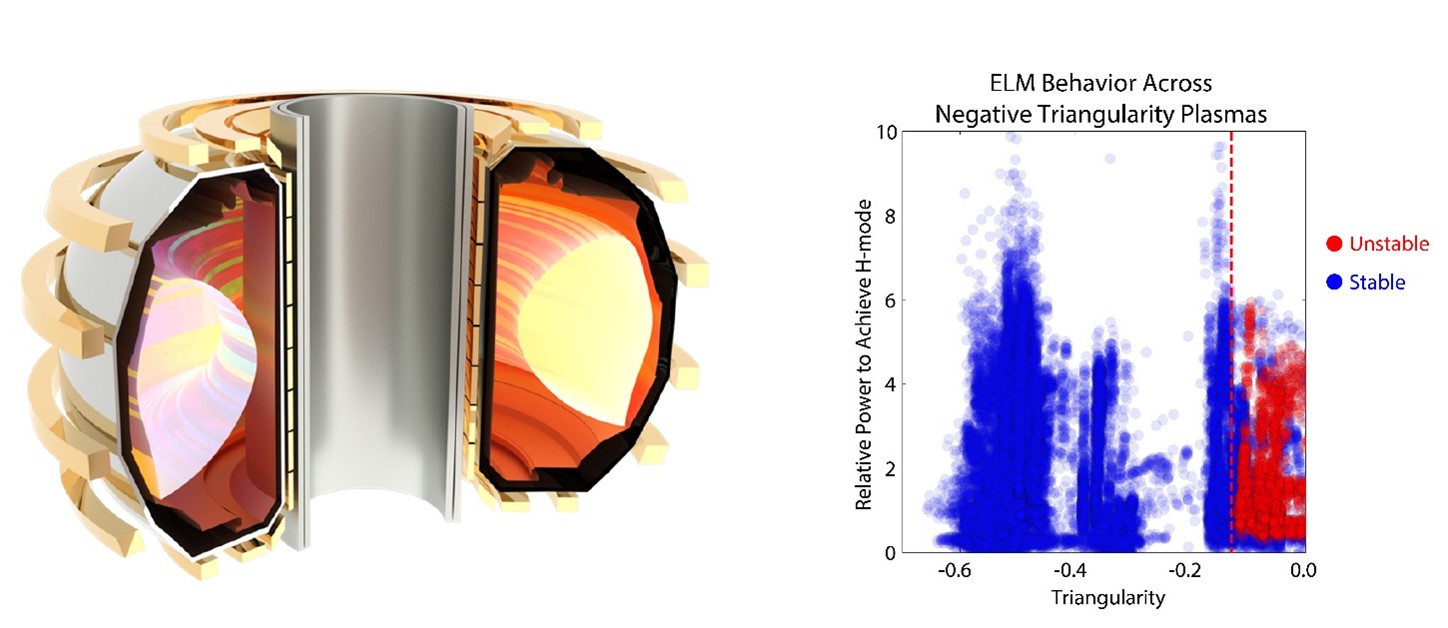Capturing Energy Flow in a Plasma by Measuring Scattered Light
First measurements of heat flux in plasmas experientially sheds light on models relying on classical thermal transport.

The Science
Whether studying the core of our sun or the inside of a fusion reactor, scientists need to determine how energy flows in plasma. Scientists use simulations to calculate the flow. The simulations rely on the classical thermal transport model. Despite over 50 years of research, an ad hoc multiplier is often required. Without it, the simulation doesn’t match real-world observations. Now, a team devised a way to measure energy flow and determined why the models need the multiplier. Further, the team’s new approach lets them quantitatively test simulations.
The Impact
The team’s measurements show that the most sophisticated models over-predict the heat flux for all conditions tested. Now, researchers can further develop thermal transport models. Also, they can more readily study and definitively test models.
Summary
In diverse fields of plasma physics including astrophysics, inertial confinement fusion, and magnetohydrodynamics, classical thermal transport (for example, Spitzer-Harm and Brajinskii) provides the foundation for calculating heat flux (energy flow). Despite over 50 years of research, an ad hoc multiplier is often required to account for anomalous physics (for example, nonlocal effects, turbulence, or instabilities) and to match global experimental observables. Motivated by the need to quantitatively address this topic, this research developed a novel collective Thomson-scattering technique that directly probes modifications to the electron distribution function resulting from heat flux [R.J. Henchen et al., Physical Review Letters (2018)]. Using this technique, the validity of classical transport theory when the electron-ion mean free path is sufficiently shorter than the electron temperature scale length and its breakdown in the non-local transport regime was demonstrated for the first time. In the regimes where classical theory breaks down, electron distribution functions consistent with nonlocal thermal transport were determined using the measured collective Thomson-scattering spectrum and now provide a quantitative experimental dataset for direct comparison with nonlocal models [R.J. Henchen et al., Physics of Plasmas (2019)].
Not only is this research being used to test thermal transport modeling, but also the novel concept has opened a powerful avenue for measuring electron distribution functions. The recognition that the complete collective Thomson-scattering spectrum can be used to measure arbitrary electron distribution functions has enabled recent measurements that have isolated the interplay between laser-plasma interactions and hydrodynamics. Recent measurements have now demonstrated that lasers in inertial confinement fusion experiments routinely drive non-Maxwellian electron distribution functions and that these distribution functions directly affect laser-plasma instabilities. Including these measured non-Maxwellian electron distribution functions is required in the laser-plasma instability models to match the measured cross-beam energy transfer. This could have significant consequences for current indirect-drive fusion experiments, where ad hoc multipliers are currently required in the cross-beam energy transfer modeling that is built around Maxwellian distribution functions. Including non-Maxwellian electron distribution functions appears to eliminate the need for these multipliers. Scientists expect that including the findings of this research in the modeling will lead to more predictive simulations of indirect-drive fusion experiments at the National Ignition Facility.
Contact
Dustin H. Froula
University of Rochester
dustin.froula@rochester.edu
Funding
The following organizations funded this research: Department of Energy (DOE), Office of Science, Fusion Energy Sciences; DOE cooperative agreement; DOE National Nuclear Security Administration; University of Rochester; and New York State Energy Research and Development Authority.
Publications
R.J. Henchen, M. Sherlock, W. Rozmus, J. Katz, P.E. Masson, D. Cao, J.P. Palastro, and D.H. Froula, “Measuring heat flux from collective Thomson scattering with non-Maxwellian distribution functions.” Physics of Plasmas 26, 032104 (2019). [DOI: 10.1063/1.5086753]
R.J. Henchen, M. Sherlock, W. Rozmus, J. Katz, D. Cao, J.P. Palastro, and D.H. Froula, “Observation of nonlocal heat flux using Thomson scattering.” Physical Review Letters 121, 125001 (2018). [DOI: 10.1103/PhysRevLett.121.125001]
Highlight Categories
Program: FES
Performer: University , DOE Laboratory
Additional: Collaborations , Non-DOE Interagency Collaboration



